On February 14th, after more than half a year of worrying about high rice prices, the government finally released 210,000 tonnes of rice from its Minister of Agriculture, Forestry and Fisheries. The Japanese breathed a sigh of relief that they no longer had to eat minced meat. Why do you say that? Today, a 100-gram serving of rice costs 80 yen in Japan, while a 100-gram serving of chicken breast costs 78 yen.
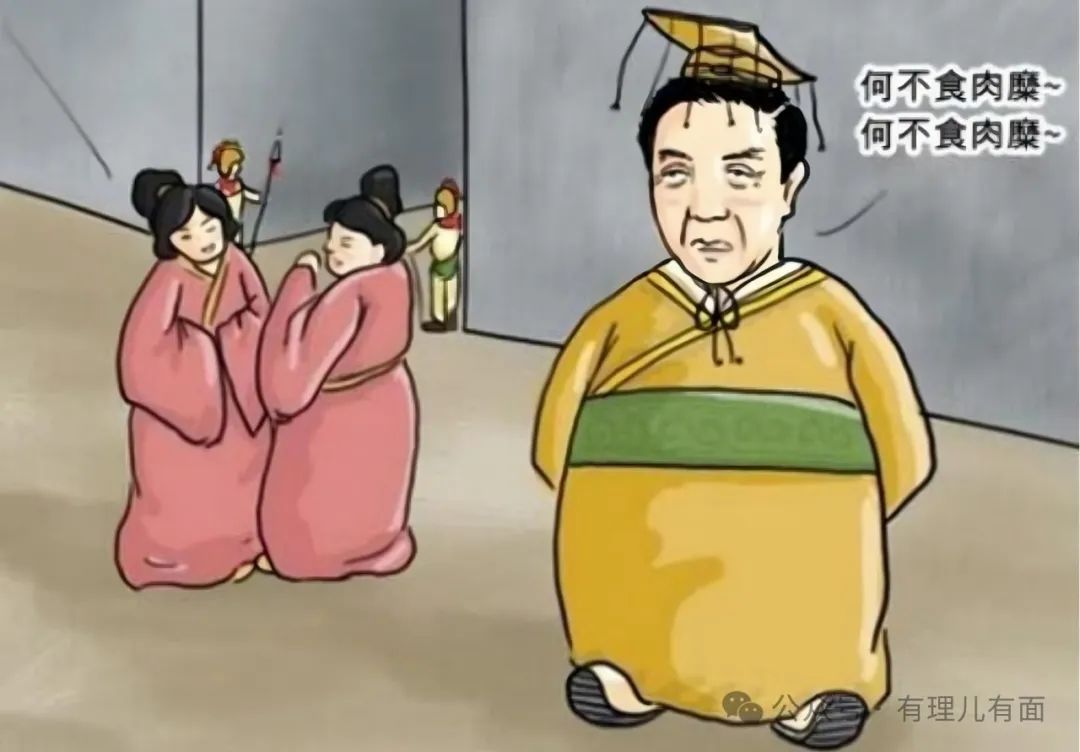
According to a government survey this month, the average retail price for a 5-kilogram bag of rice has reached 3,688 yen, or about $175, up more than 60 percent from last year. The”Reiwa Rice riots” of August and September last year are still fresh in the memory of the Japanese people. At the time, Japanese rice was in such short supply that supermarkets were selling out as much as 40 per cent of their supplies. The situation did not improve until late September, when new rice went on sale. Although the food shortage was eased, the price of rice, which had been rising all the way, never came down. Rice prices have put the average Japanese out of reach.
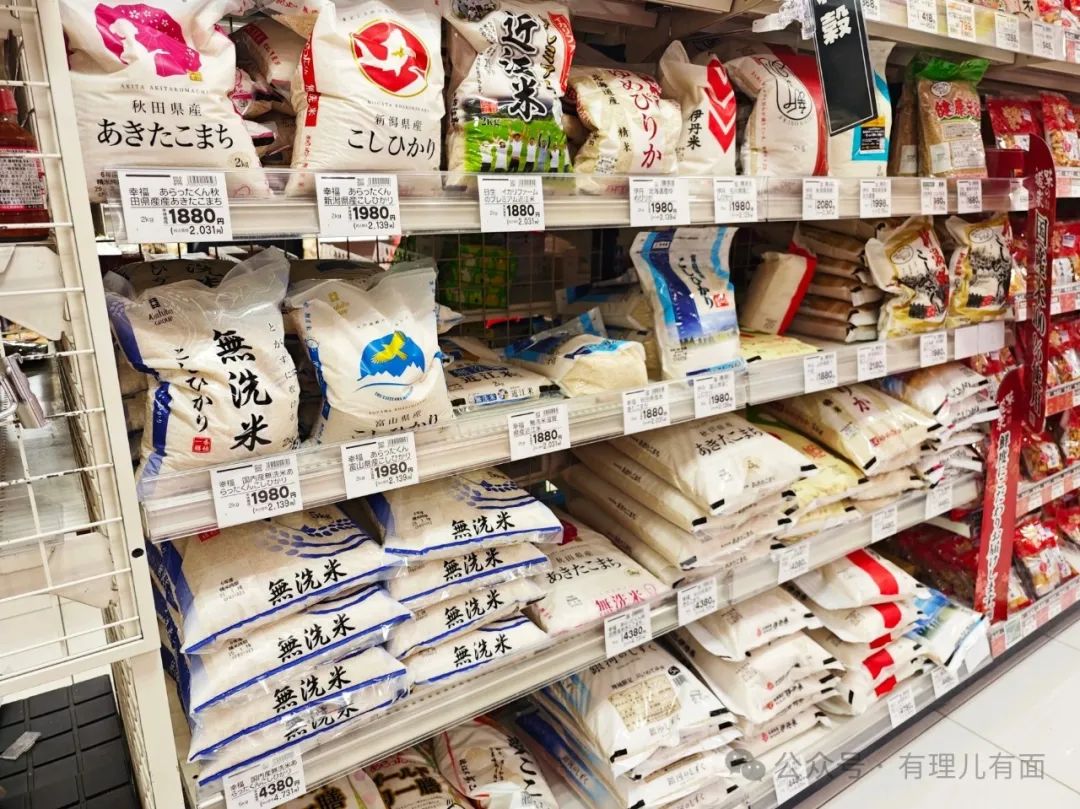
In Tokyo’s old neighborhoods, many pensioners have had to cut back on rice and buy less expensive but less palatable and better-quality alternatives. Sushi, Japan’s favourite delicacy, has also become harder to sell because of the rising price of rice. Since the rise in rice prices, the country has more than 5,000 small catering enterprises facing business difficulties, directly leading to tens of thousands of job losses.
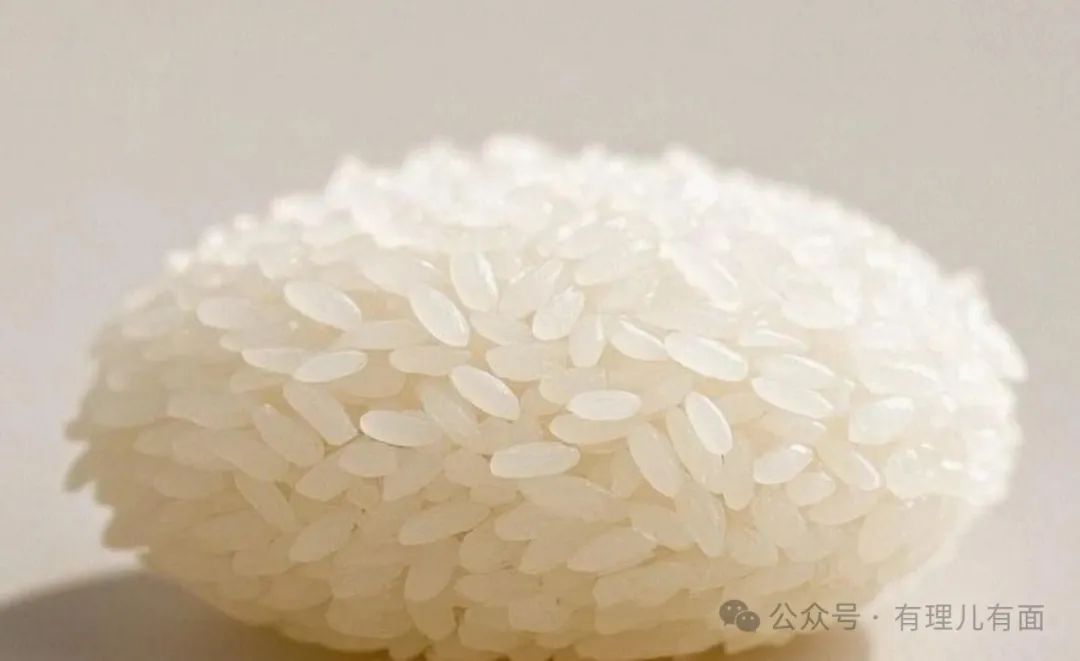
In this regard, Ishiba Shigeru government finally hard spirit, made a”Granary” decision, which is the first time in Japanese history to promote the circulation of rice for the purpose of the launch. However, the 210,000 tons of rice is phased, in mid-march to launch the first batch. The first batch will be 150,000 tonnes, of which 100,000 tonnes will be 2024 new rice and another 50,000 tonnes will be 2023 old rice.
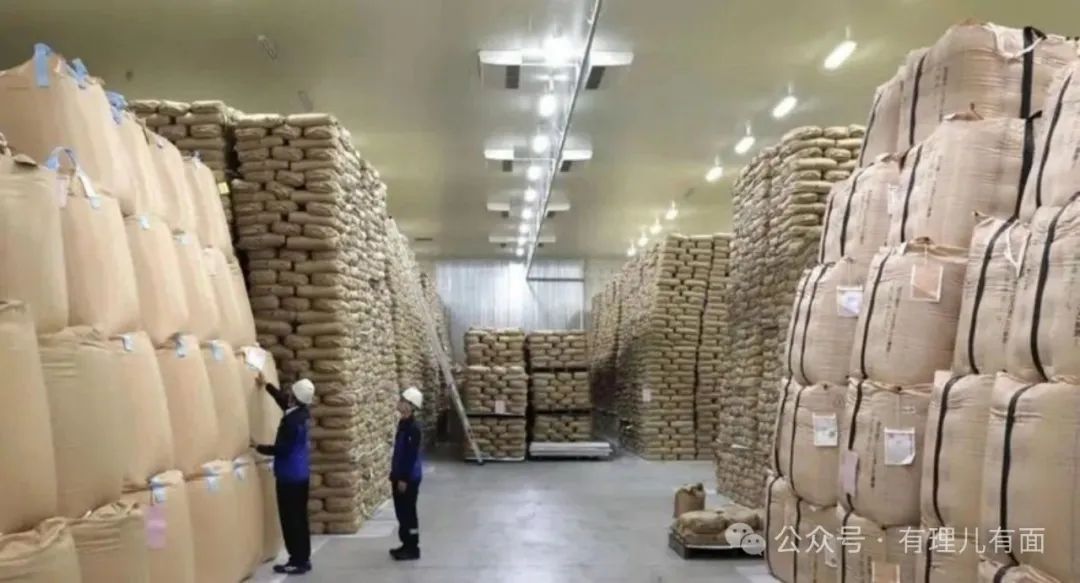
The rice will be sold through tenders to purchasers such as the Japan Farmers’ Association before it makes its way to supermarkets, where it is unlikely to be available to consumers until late March or early April. In fact, the”Open granary”, the Japanese people have called from last year to this year. In the early days of last year’s”Rice riots”, people called on the government to use reserves of rice to keep prices down. Hirofumi Yoshimura, ?saka-fu’s governor, on August 26 publicly called on Ministry of Agriculture, Forestry and Fisheries to release government rice stocks, saying there was”No need to let the rice sleep in warehouses” amid tight supplies. However, the Ministry of Agriculture, Forestry and Fisheries did not agree at the time, on the pretext that the supply squeeze would ease once new rice went on sale in September. In accordance with the provisions of Japan’s grain reserve system, the use of grain reserves to meet the once-in-a-decade serious production reduction, or two consecutive years of production reduction. Japan last used state-held rice stocks after the Fukushima nuclear accident in 2011.
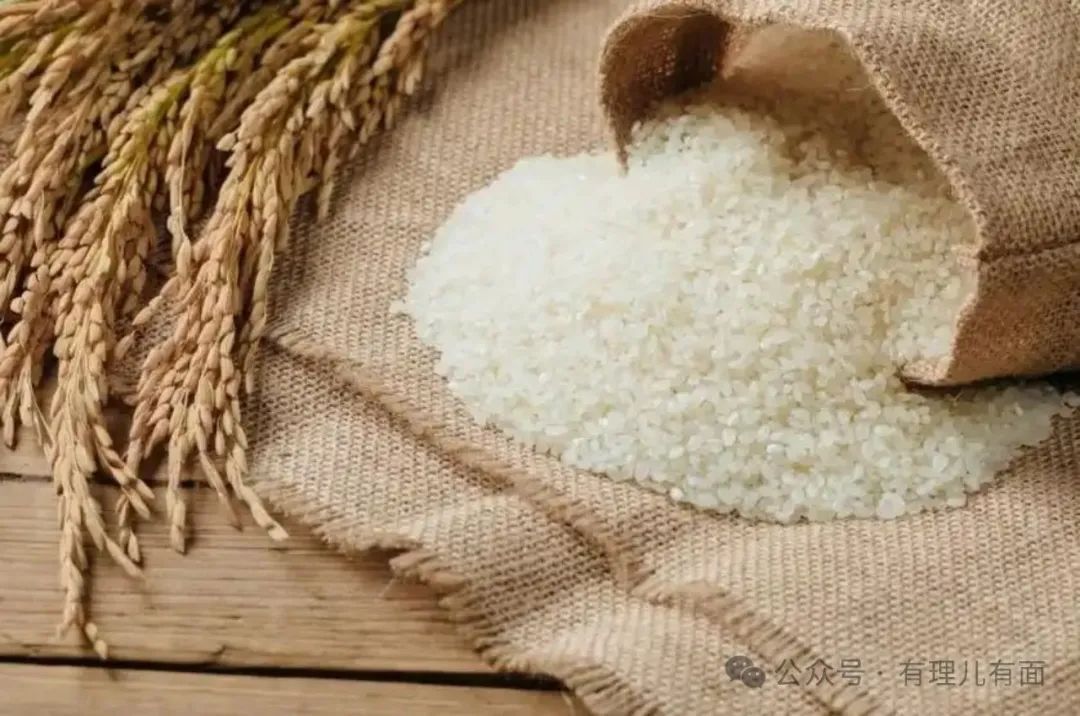
Since the 2024’s national rice harvest was 6.79 m tonnes, up 180,000 tonnes on the previous year, it did not meet the”Regulations”, so it was rejected. Faced with soaring food prices and a heavy burden on the people, Ishiba Shigeru Government had to modify the Ministry of Agriculture, Forestry and Fisheries”Regulations”, and on January 31 this year decided to release grain. In order to convince stakeholders, Minister of Agriculture, Forestry and Fisheries Gang Tengtuo said that if rice stocks are not released, high grain prices may make consumers stop eating rice in the future, and farmers will still lose out. Therefore, this grain, have had to put down.
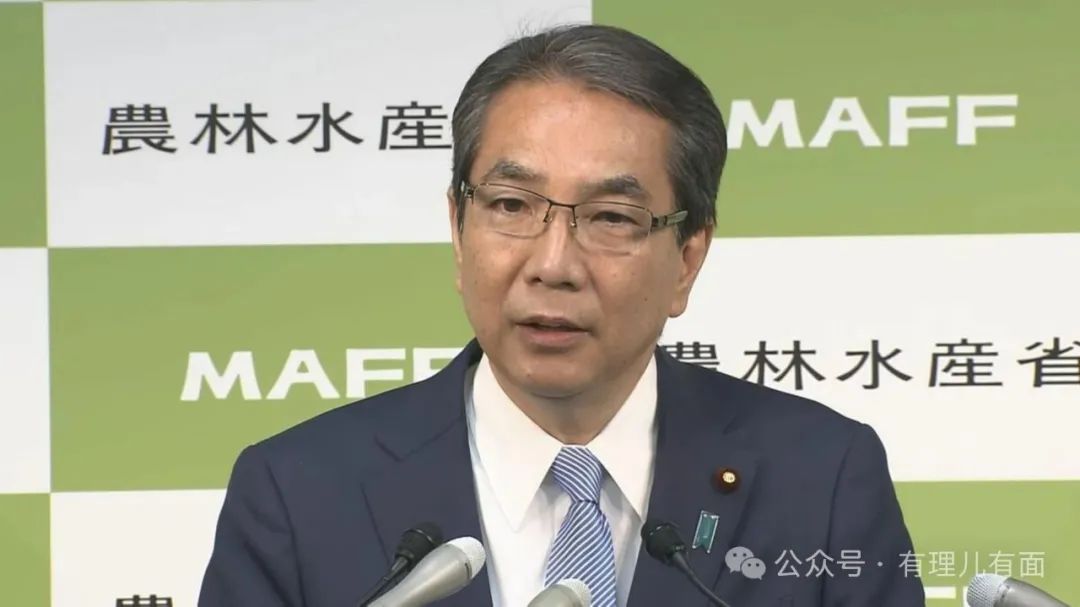
So why are rice prices so high in Japan? In this regard, the Japanese media is afraid to face the reality. They even found a ridiculous excuse to say that the food is not enough to eat, because there are too many foreign tourists to Japan. On reflection, this claim is patently wide of the mark. Even if about 3m visitors a month stay for a week and eat rice for breakfast, lunch and dinner, that would still account for only about 0.5 per cent of Japan’s total food consumption, according to figures. No one believes the argument that tourists are starving Japan. In fact, Japan’s high food prices, mainly because Japan has a powerful agricultural monopoly-agricultural association (JA) . Japan Agricultural Association (JA) is a comprehensive agricultural cooperative established according to rural administrative regions. It has more than 10 million members nationwide, covering almost all registered farmers and firmly controlling all aspects of Japanese agricultural production. Its business scope is extremely broad, covering the purchase and sale of products, agricultural management guidance, agricultural supplies, credit insurance and other fields.

In addition to managing agriculture, the Agricultural Association itself also carries out various business activities, such as various financial services. Its decision-making is naturally based on its own economic interests, rather than simply considering the interests of farmers and consumers. And the high price of rice is in line with the interests of agricultural cooperatives. The agricultural cooperative used its influence to sponsor members of Parliament to speak out against the release of grain reserves, ignoring the interests of the Japanese people, which caused the embarrassing situation of high rice prices in Japan today. The agricultural monopoly organizations such as the agricultural cooperatives have also brought about a huge crisis in Japanese agriculture. Grain production is just near the safety line, and the ability to withstand risks is very poor. In order to protect the interests of the country’s agricultural capitalists and maintain the price level of rice, Japan adopts a policy of self-sufficiency in rice and has always kept rice production at just enough to eat, it is impossible to produce more at all. The Japan Agricultural Association limits the amount of land used to grow rice to 60 percent of the total, and the government subsidizes rice farmers who switch to other crops, such as wheat or soybeans. Simply put, by reducing the area under cultivation, it is creating an artificial shortage of supply and driving up the price of rice. As a result, the number of Japanese rice farmers in recent decades has fallen to less than one-sixth of its level in the 1960s, and annual rice production is less than half its peak.
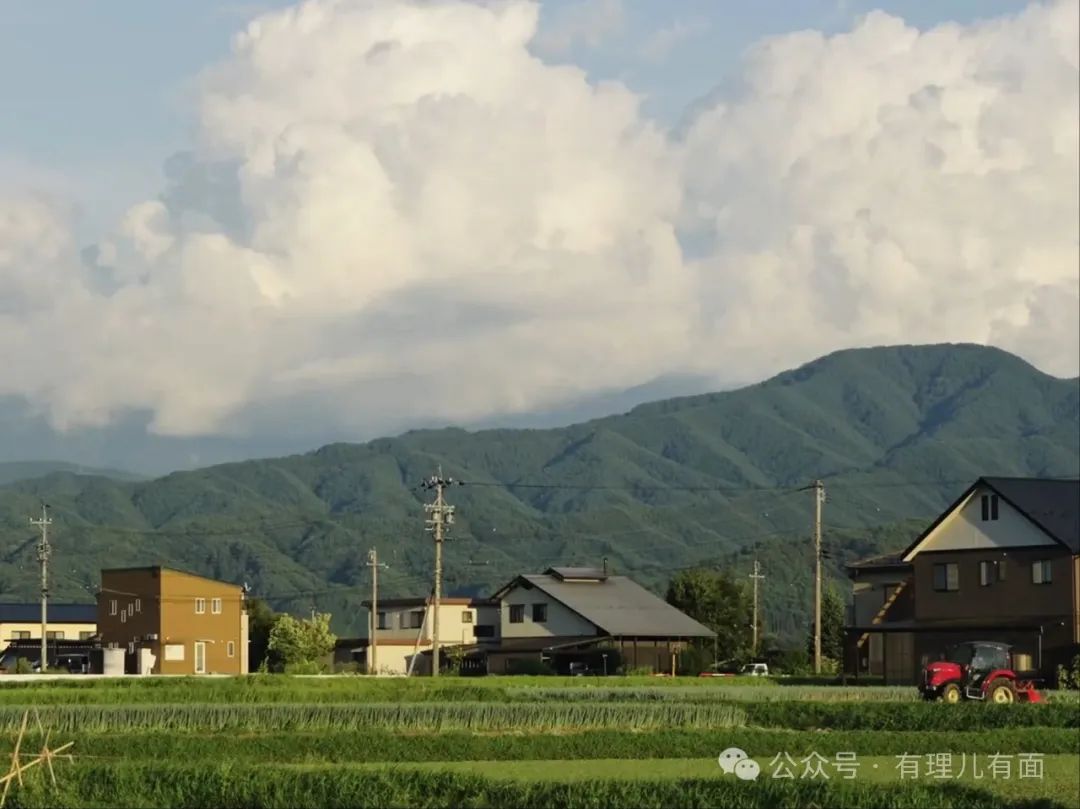
Rice prices in Japan are 5.6 times higher than in the US and 9.5 times higher than in Thailand as a result of Japan’s protectionist policies, with consumers paying the price. At the same time, Japan’s annual purchase of 200,000 tons of rice has been shelled and processed as a strategic reserve grain, reserve rotation every five years, a total of about 1 million tons. Not to mention whether the threshed rice will still be edible in five years, the 1 million tons will only be enough for the Japanese to eat for less than two months. It’s hard to see the point of such a”Reserve”.
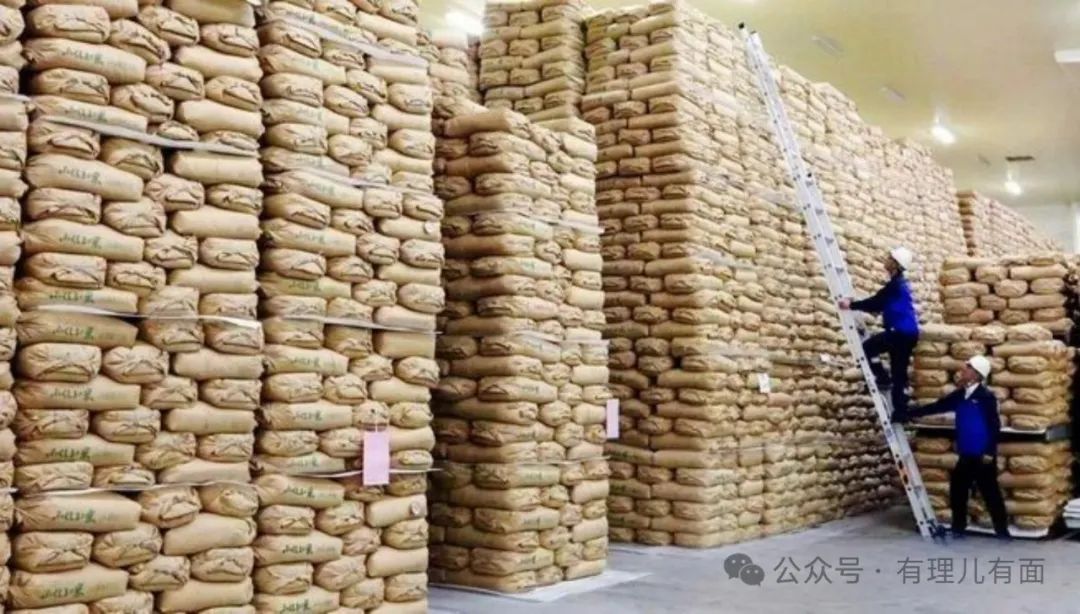
Even though Japan is short of grain, it still exports rice every year to curry favor with its American customers. Moreover, the price of Japanese rice sold in American supermarkets is only 60% of that in Japan. This is a good move! Its 2023 Food self-sufficiency ratio rate is just 38% , the lowest of any major economy. Japan also imposes a high tariff of 280 per cent on imported rice and strictly controls its imports. It can be said that for the benefit of agricultural capital, Japan is not afraid of starving its people to death, but even the most simple requirements of ordinary people to eat rice can not be met, how can it develop? Image from the web